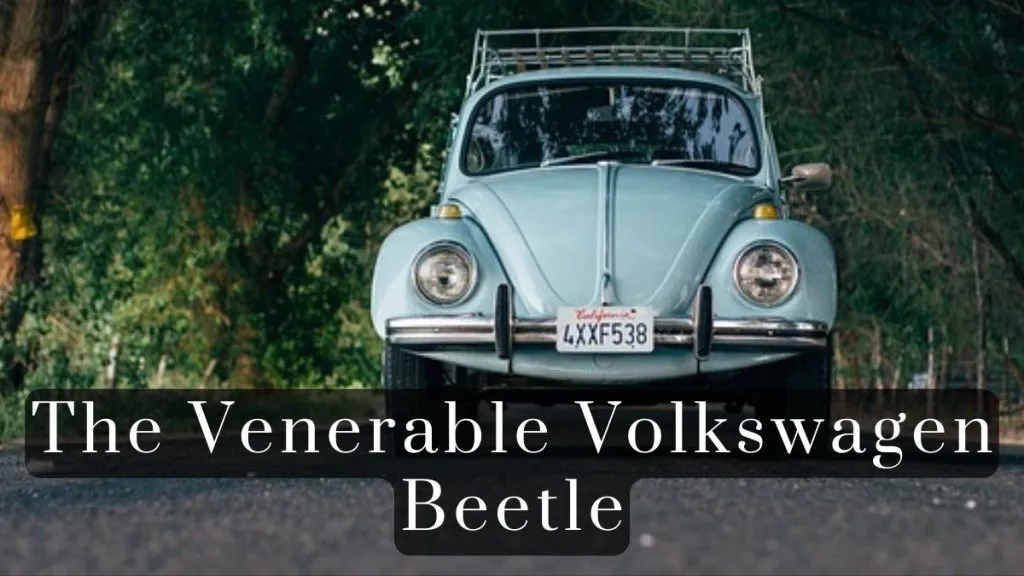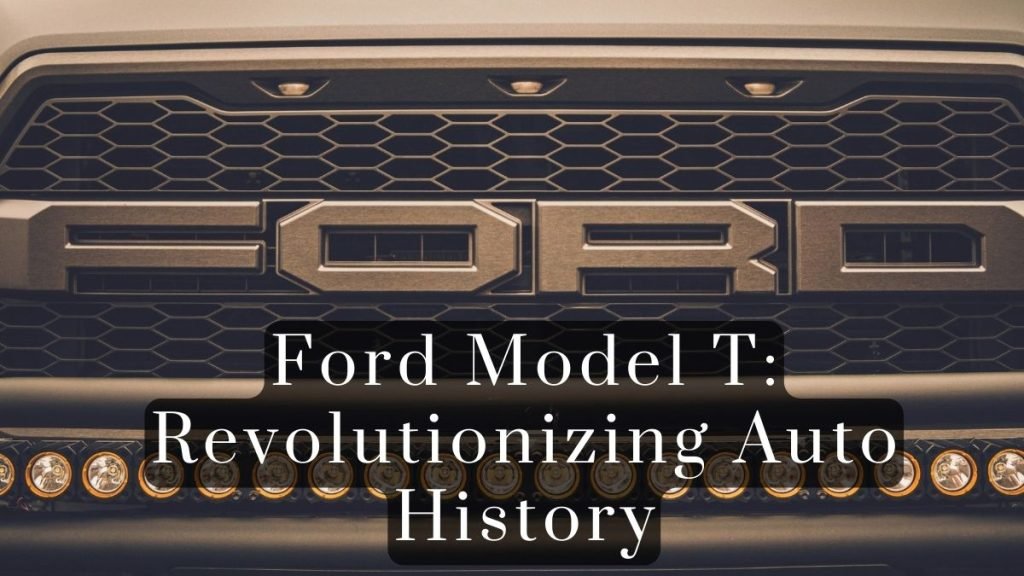
Classic cars and timeless beauties hold a special place in the hearts of auto enthusiasts and collectors.
With their vintage charm and rich histories, these mechanical marvels tell a captivating story of automotive design and technology evolution.
They stand as a testament to decades of innovation and craftsmanship. Whether it’s the glossy curves of a 1950s Chevrolet or the rugged appeal of a classic Ford Mustang, each classic car holds a unique allure.
Join us as we explore the fascinating world of classic cars, uncovering intriguing facts you probably didn’t know.
1. The World’s Fastest Production Car
In the pantheon of fast classic cars, the Studebaker Avanti holds a special place.
Launched in the 1960s by the Studebaker Corporation, the Avanti was promoted as “America’s Only 4 Passenger High-Performance Personal Car.” Its name, “Avanti,” is Italian for “forward,” reflecting the company’s forward-thinking approach to car design and technology.
The Avanti was not only stylish but also remarkably fast. Upon its introduction, the Studebaker Avanti set multiple land speed records at the Bonneville Salt Flats, showcasing its high-performance capabilities. You can learn about the Studebaker Avanti Car in more detail by reading dedicated articles on its history, design, and performance.
Despite the company’s decline, the Avanti still captivates classic car enthusiasts with its unique blend of speed and style, embodying the innovation and craftsmanship that defines classic cars.
2. The Venerable Volkswagen Beetle
The Volkswagen Beetle, often affectionately referred to as the “Bug,” is a classic car that has etched its place in automobile history.
Initially conceived in 1934 in Germany with a vision to create a “People’s Car,” the Beetle quickly became a symbol of utilitarian design and reliability.
Its distinctive rounded shape, air-cooled rear engine, and reasonable price tag made it a popular choice for the masses.

Interestingly, the Beetle holds the record for the longest-running, most-manufactured car of a single platform ever made.
Over 21 million units were manufactured from its inception until production ended in 2003.
The Beetle’s enduring popularity lies in its simplicity, affordability, and unmistakable design, characteristics that continue to endear it to classic car enthusiasts around the globe.
3. Classic Car Rarity
Classic cars, by their very nature, are often rare and hard to come by. Their rarity, however, is part of what makes them so appealing.
Rarity can be due to a number of factors, such as limited production numbers, unique features, or the fact that many models didn’t survive the test of time.
Take, for example, the 1969 ZL1 Camaro, of which only 69 units were ever produced.
The ZL1 Camaro is considered one of the “holy grails” of classic cars, not only for its rarity but also for its impressive performance capabilities.
Owning a classic car isn’t just about possessing a piece of automotive history; it’s also about the thrill of the hunt, the joy of discovery, and the pride of preservation.
4. The Iconic Ford Model T
The Ford Model T, also known as the “Tin Lizzie,” revolutionized the auto industry.
Introduced in 1908 by Ford Motor Company, it was the first car produced on a large scale using assembly line methods.
These techniques reduced production costs, making the Model T the first affordable automobile and opening up travel to middle-class Americans.

The Model T redefined personal mobility and shaped the 20th century. Its design was simple, robust, and versatile.
It could traverse the rough and poorly maintained roads of the era, and it was easy to repair, enhancing its appeal in rural America.
Over 15 million Model T’s were manufactured during its 19-year production run, solidifying its iconic status in the annals of automotive history.
5. The Fastest Classic Car
To wrap up our classic car facts, let’s discuss speed. The title of “fastest classic car” is often debated due to advancements in automotive technology.
However, the 1967 Shelby GT500 Super Snake reigns supreme among classic muscle cars.
This legendary vehicle, based on the Ford Mustang, featured a powerful 427ci V8 engine that propelled it to a remarkable top speed of over 170 mph.
The Super Snake was a unique promotional car created by Carroll Shelby, an acclaimed American automotive designer and racer.
It showcased Goodyear’s Thunderbolt tires and proved formidable on the track.
Due to high production costs, only one Shelby GT500 Super Snake was built, making it an extremely coveted and rare classic car.
6. The Inception of Luxury Cars
Luxury cars made their mark in the early 20th century with iconic brands like Rolls-Royce and Cadillac.
These vehicles were symbols of wealth and status, going beyond mere transportation.
Rolls-Royce, founded in 1906 in Britain, was renowned for its attention to detail, craftsmanship, and pursuit of perfection.
Its iconic ‘Phantom’ model, introduced in 1925, set a new standard for luxury and refinement in the automotive world.
Across the Atlantic, Cadillac, an American company founded in 1902, made its mark in the luxury vehicle sector.
It pioneered numerous technological advancements, known for powerful engines and opulent interiors.
In 1915, Cadillac introduced the Type 51, the first mass-produced car with a V8 engine, a milestone in automotive history.
These luxury brands ushered in a new era of motoring, where comfort, style, and prestige rivaled functionality and performance.
7. Classic Car Restorations
Classic car restoration is an art form that requires skill, patience, and dedication.
Restoring a classic car involves meticulously disassembling, repairing, or replacing damaged parts and reassembling the vehicle to its original glory.
It’s a labor of love for many enthusiasts who aim to preserve these automotive treasures and keep them running for years to come.
Restoration projects vary from minor repairs to complete overhauls of the engine, drivetrain, and bodywork.
It’s not just about aesthetics; it’s about reviving history and preserving the legacy of cars for future generations.
From finding rare parts to custom fabrication, classic car restorations are a challenging yet rewarding endeavor that allows for the continued appreciation and enjoyment of these timeless machines.
Don’t miss: Signia Hearing Aids Cost and Qualities
The bottom line
So, there you have some surprising facts about classic cars that even avid enthusiasts may need to learn.
From speed records to rare gems and luxury icons to restorations, these vintage automobiles continue to captivate us with their enduring charm and legacy.
Whether you’re a collector or admire or appreciate their beauty, there’s no denying the timeless appeal of classic cars.
So next time you spot one on the road or at a car show, take a moment to appreciate the history and craftsmanship behind these beauties.












